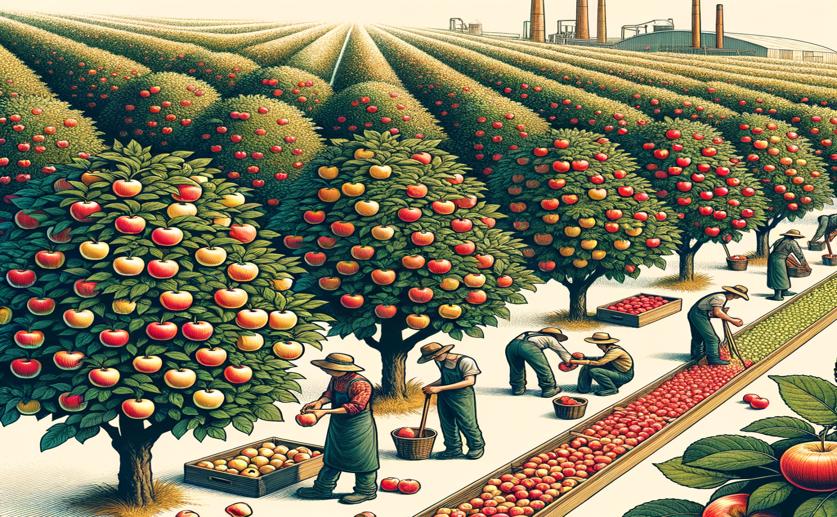
Unlocking Apple Harvest Secrets: Advanced Sorting Techniques for Better Harvests
Greg Howard
7th June, 2024

Image Source: Natural Science News, 2024
Key Findings
- The study by Jazan University focused on improving sampling techniques to estimate apple area and production in the Himalayan region of India
- Researchers found that using the "Cum f(x)" method with Neyman allocation provided the most accurate estimates when the number of strata ranged from 2 to 4 and the sample size increased from 10 to 40
- The study demonstrated that advanced stratification methods based on the "Area under Apple" variable significantly improved the precision of apple production estimates
FruitsAgriculturePlant Science
References
Main Study
1) Unlocking the secrets of apple harvests: Advanced stratification techniques in the Himalayan region.
Published 15th June, 2024 (future Journal edition)
https://doi.org/10.1016/j.heliyon.2024.e31693
Related Studies
2) Optimum strata boundaries and sample sizes in health surveys using auxiliary variables.
3) Constructing efficient strata boundaries in stratified sampling using survey cost.



 21st May, 2024 | Jenn Hoskins
21st May, 2024 | Jenn Hoskins